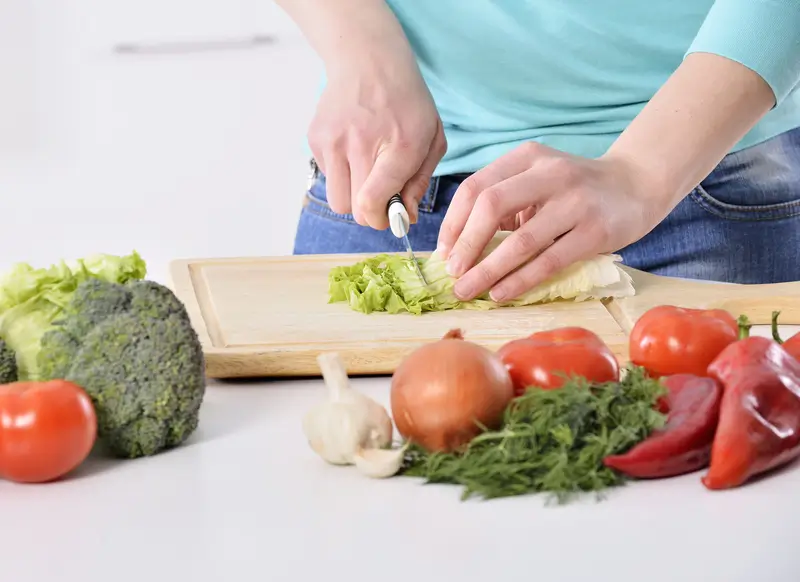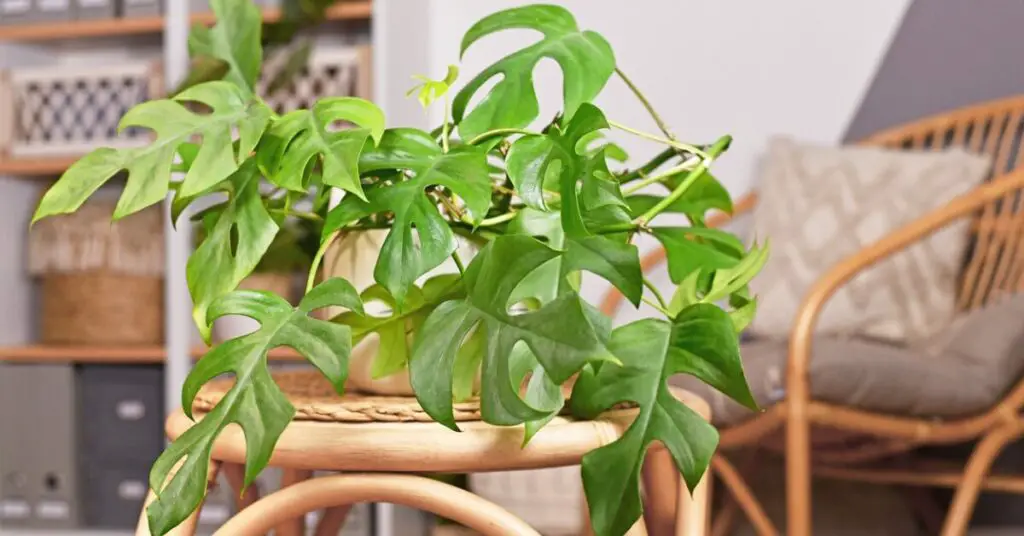Unlock the freshness of home-grown flavors with a kitchen garden. This guide introduces the essentials of cultivating your edible plants, offering fresh ingredients from your backyard to your table. Start your journey to healthier, more sustainable living today.
Defining a Kitchen Garden
A kitchen garden is a dedicated space for growing edible plants, such as vegetables, herbs, and fruits, primarily for household consumption. Positioned close to the kitchen for convenience, it allows easy access to fresh ingredients. This gardening practice, rooted in tradition, has evolved over centuries but retains its core aim: to supply fresh, healthy produce for the home cook. Kitchen gardens vary in size and style, reflecting the gardener’s culinary preferences and space availability, embodying the fusion of utility and pleasure in gardening.
Benefits of Having a Kitchen Garden
Owning a kitchen garden brings numerous benefits beyond the simple joy of gardening. Firstly, it promotes a healthier lifestyle by providing a steady supply of fresh, organic produce free from commercial pesticides. This direct access to various vegetables and herbs encourages a nutritious diet. Environmentally, kitchen gardens reduce the carbon footprint of transporting food items and minimize packaging waste. Economically, they offer substantial savings on grocery bills over time. Additionally, the act of gardening itself is a rewarding physical activity that can reduce stress and improve mental well-being, making kitchen gardens a holistic approach to living well.
Planning Your Kitchen Garden
Effective planning is crucial for a successful kitchen garden. Start by choosing a location with adequate sunlight, as most edible plants require at least six hours of direct sunlight daily. Consider the size of your garden based on the space available and your family’s needs. When selecting plants, factor in your local climate, soil type, and culinary preferences. Incorporate a variety of herbs, vegetables, and fruits that you enjoy eating and grow well in your area. Planning also involves deciding on the layout, whether traditional rows, raised beds, or container gardens, to maximize your space and yield. Thoughtful planning ensures your kitchen garden will be both productive and enjoyable.
Essential Plants for Your Kitchen Garden
To kickstart your kitchen garden, focus on plants that are useful in your kitchen and easy to grow. Herbs like basil, parsley, and cilantro are great starters, requiring minimal space and offering fresh flavors for various dishes. Vegetables such as tomatoes, lettuce, and carrots provide staples for everyday cooking and can thrive in most climates. For those with a bit more space, fruit-bearing plants like strawberries and blueberries add sweetness and are perfect for beginner gardeners. Choosing plants that match your cooking habits not only maximizes the utility of your garden but also enhances your meals with home-grown freshness.
Managing Your Kitchen Garden
Proper care and maintenance are critical to a thriving kitchen garden. Regular watering, based on the needs of your specific plants, ensures they stay hydrated without being waterlogged. Monitor soil health and add compost or organic fertilizers to nourish your plants. Watch for pests and diseases; natural remedies and preventive measures can protect your garden without harsh chemicals. Pruning and harvesting at the right time encourage growth and increase yield. Staying attentive to your garden’s needs throughout the growing season will keep it productive and vibrant, providing a bounty of fresh produce for your kitchen.
Kitchen Garden Layouts and Designs
Designing your kitchen garden with both aesthetics and functionality in mind can transform it into a focal point of your outdoor space. For traditional gardens, consider incorporating paths for easy access to all plants. Raised beds are excellent for improving drainage, warming the soil faster in spring, and making gardening more ergonomic. Container gardening is a versatile option for small spaces or patios, allowing you to grow various plants in pots. Vertical gardening, using trellises or wall planters, maximizes space by encouraging plants to grow upwards. Integrating flowers or ornamental plants can enhance the beauty of your kitchen garden, attracting pollinators and adding color. Tailor your layout and design to fit your space and personal style, creating a garden that’s both productive and pleasing to the eye.
From Garden to Table
The journey from garden to table is the most rewarding aspect of having a kitchen garden. Harvesting your produce at its peak ensures you enjoy the freshest flavors and highest nutritional value. Familiarize yourself with the best times to pick each vegetable, herb, or fruit to optimize taste and longevity. Incorporating your garden’s bounty into daily meals encourages creative cooking and healthier eating habits. Experiment with preserving techniques such as freezing, canning, or drying to extend the life of your harvest throughout the year. Sharing the fruits of your labor with family and friends spreads joy and fosters a deeper connection to the food you eat and the environment.
Overcoming Common Challenges
Even the most meticulously planned kitchen gardens face limited space, pests, and plant disease challenges. Maximize your garden’s potential for small areas by utilizing vertical gardening techniques and selecting high-yield, compact plant varieties. Combat pests and diseases with integrated pest management strategies, focusing on prevention and using organic methods whenever possible. Adverse weather conditions can also pose a threat; employ protective measures like mulching, row covers, or greenhouses to shield your plants. Stay proactive and flexible, adapting your gardening practices to address these challenges. You can maintain a healthy and productive kitchen garden despite any obstacles with persistence and care.
Conclusion
A kitchen garden is more than just a source of fresh produce; it’s a gateway to a sustainable lifestyle, offering nutritional benefits and the satisfaction of growing your food. Whether you’re crafting gourmet meals with home-grown herbs or enjoying the simple pleasure of harvesting vegetables from your backyard, a kitchen garden enriches your life in countless ways. Embrace the challenges as opportunities to learn and grow as a gardener and culinary enthusiast.



